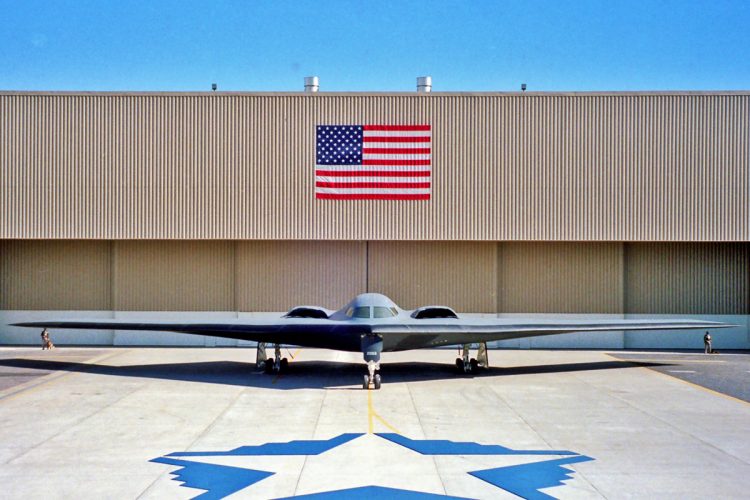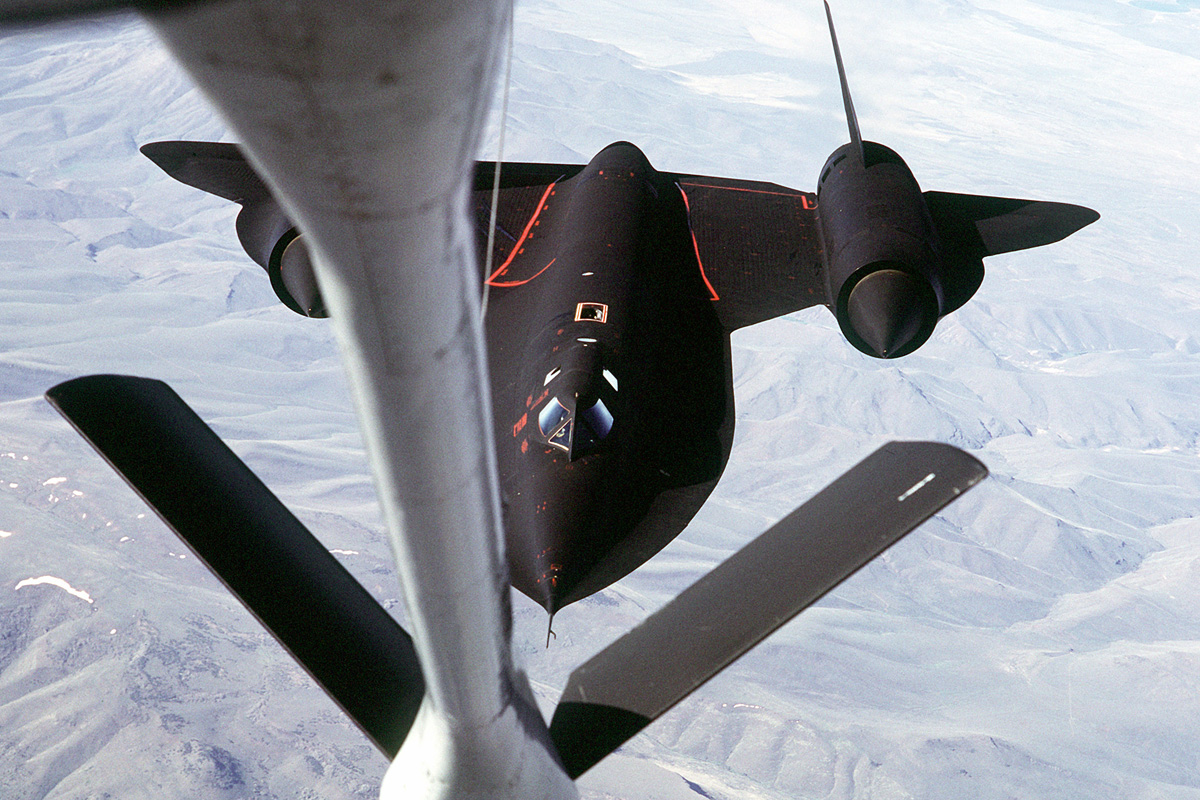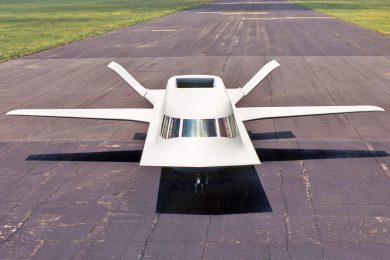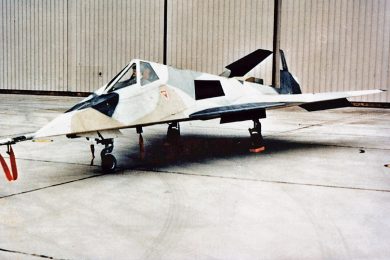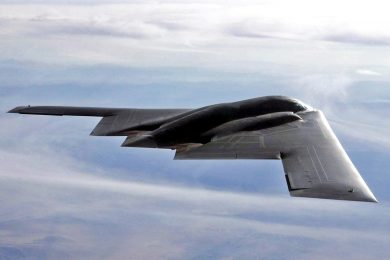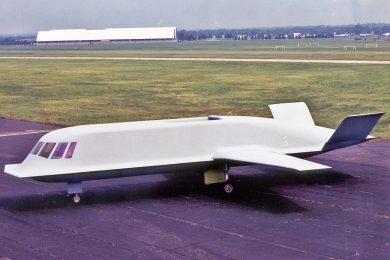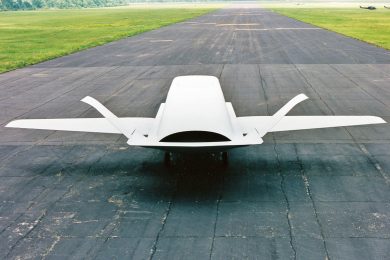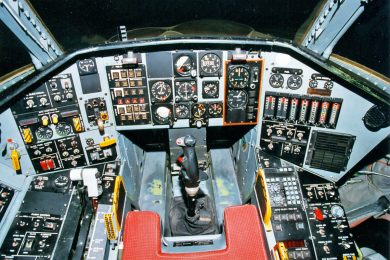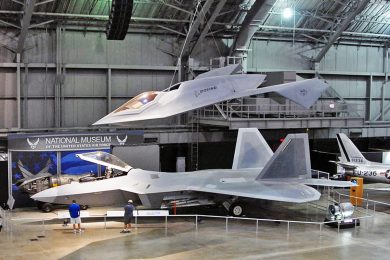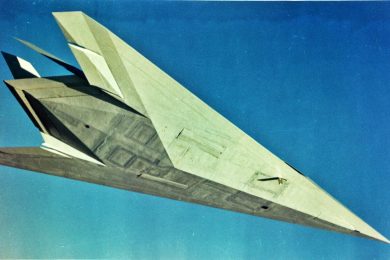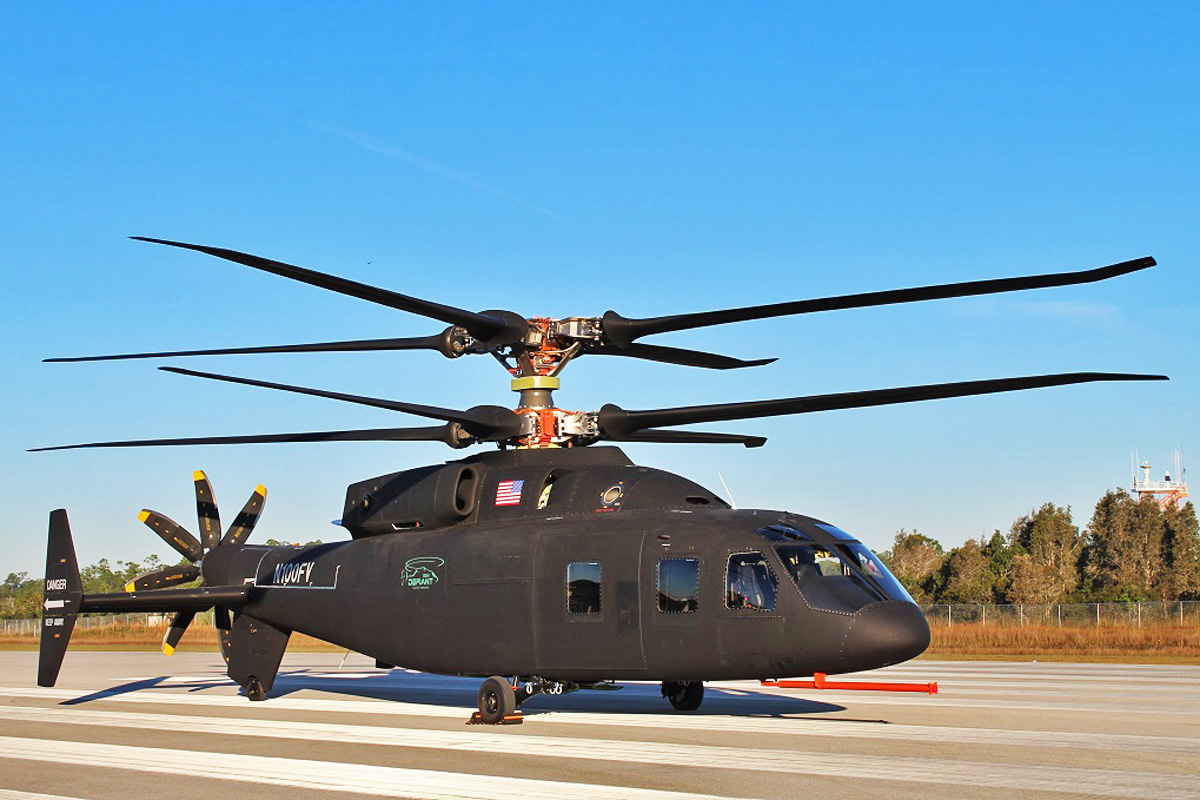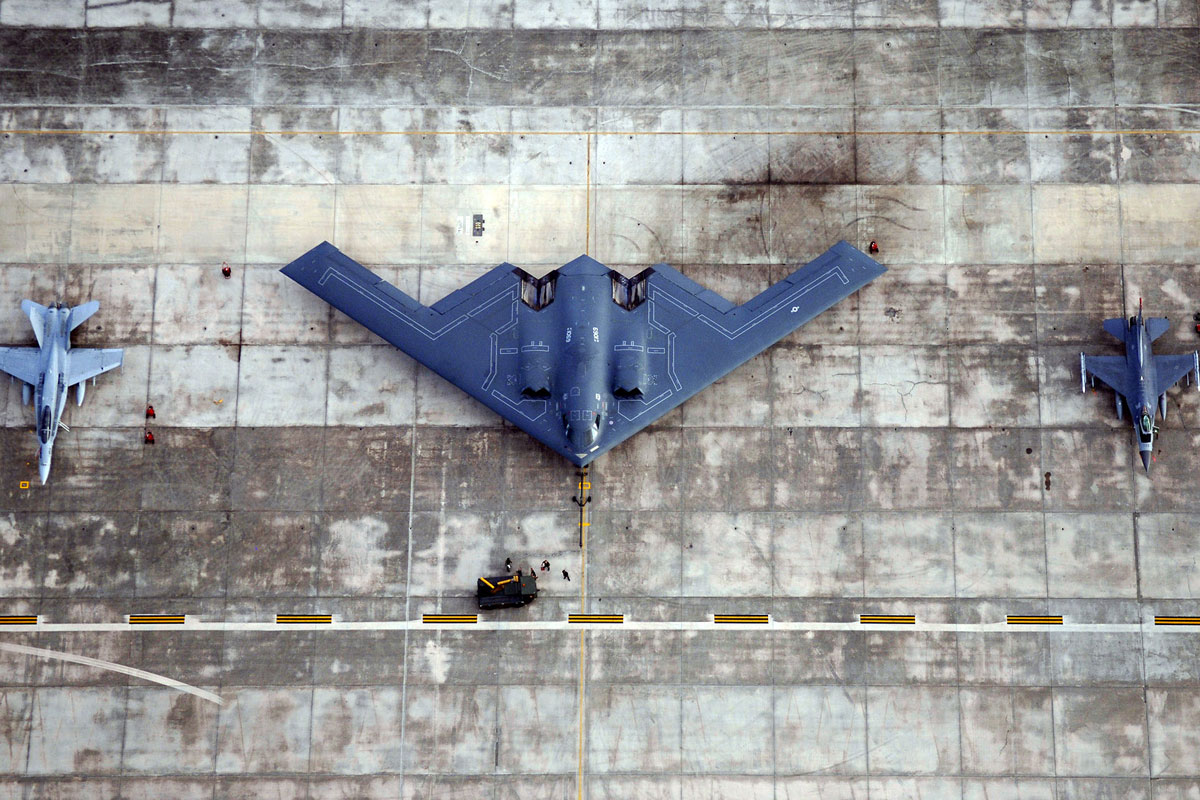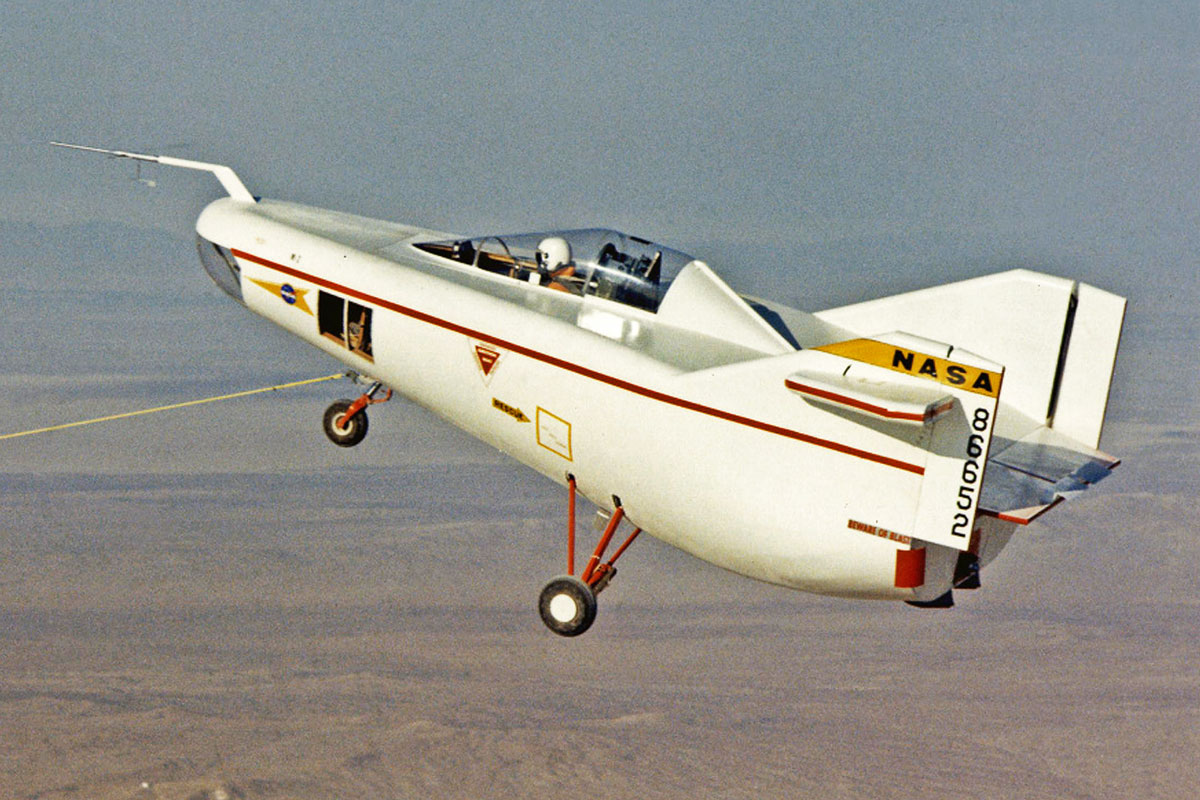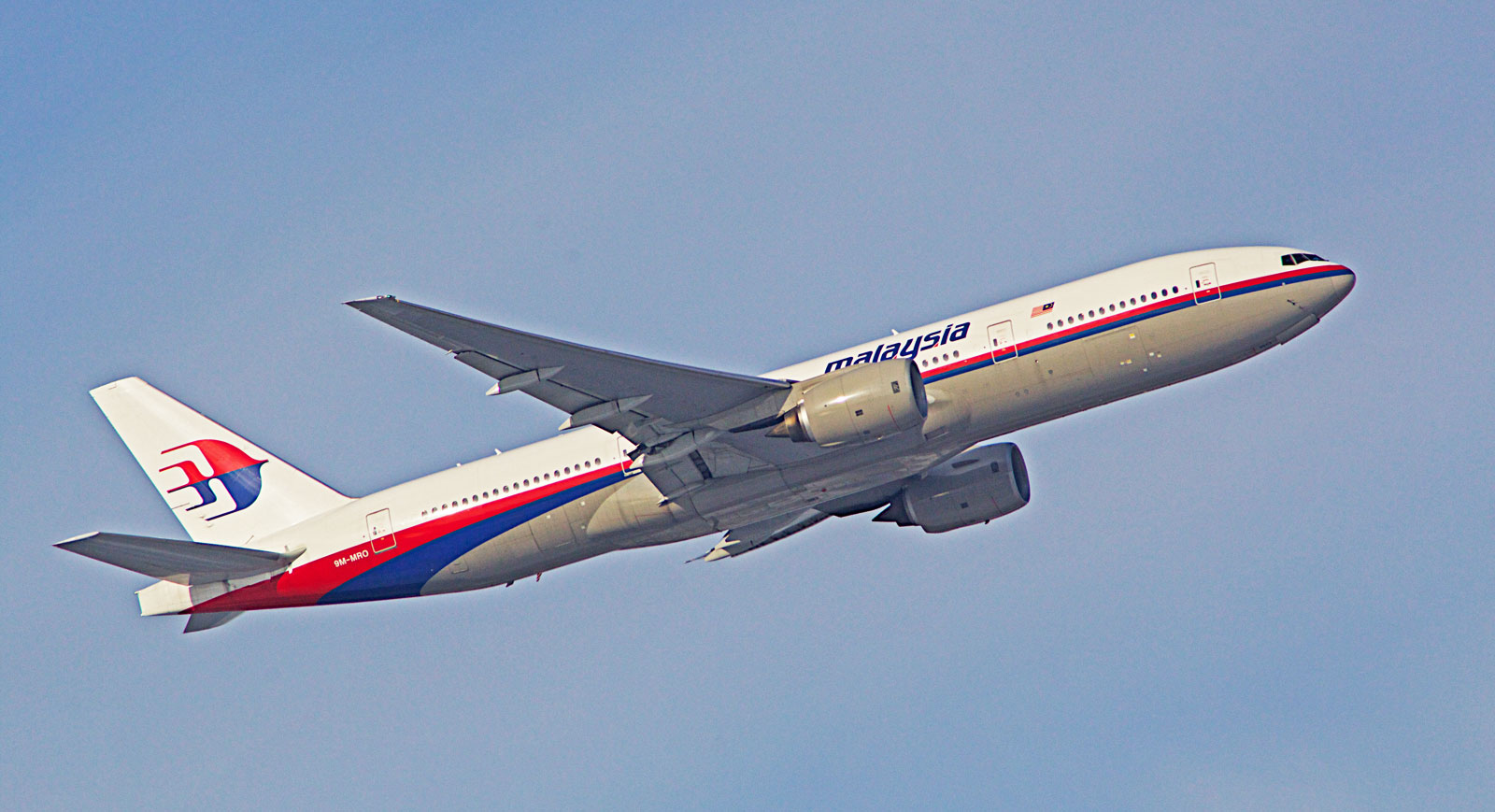Some of them were authentic unidentified flying objects for some time, others only became known when the government decided to remove the label “top secret”. In common, they were aircraft that innovated in the form of flying – always with warlike objectives, it is true. We are talking about Black projects, prototypes that in some cases became production airplanes and served not only the United States Air Force but also the CIA, the American intelligence agency.
Often associated with conspiracy theories, these projects were able to come true thanks to government funds in which the Pentagon had a kind of autonomy and secrecy that allowed them to develop without public knowledge. The argument has always been associated with national security, which made it possible to create several projects especially during the Cold War when it was necessary to dissuade the enemy from attacking first.
AIRWAY1 shows the main secret American manned aircraft projects of the last decades.
Lockheed U-2
The most famous spy plane in history was not born exactly like other secret projects, but it provided subsidies for future stealth developments. In the early 1950s, the US Air Force wanted a strategic reconnaissance aircraft that could fly so high that Soviet radar and anti-aircraft missiles could not reach it. It was the Lockheed company that seized the opportunity so that its most capable designer, Clarence “Kelly” Johnson, could think of an airplane unique at the time. The U-2 was born as a version of the F-104 fighter, with huge wings, able to fly above 72,000 feet and whose designation was CL-282.
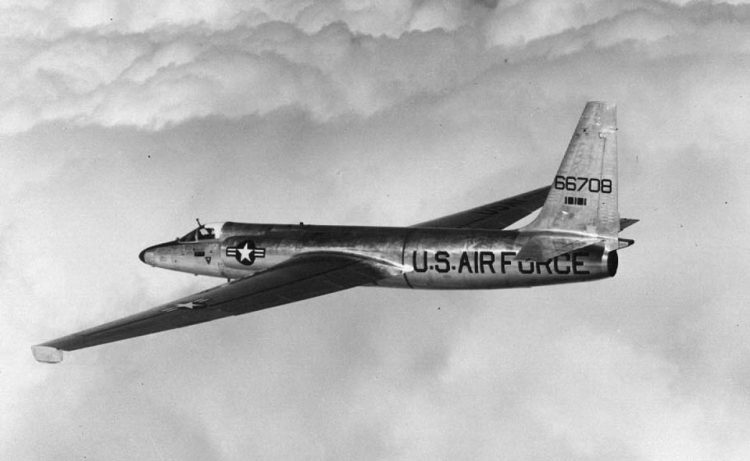
To be lightweight, Johnson withdrew part of the landing gear (which would be released on takeoff) and stripped off the combat capability, causing the USAF to lose interest in the project. But the plane looked perfect for the CIA who ordered the first units. The plane, then renamed U-2, evolved and received a new engine that used a special fuel for high altitudes, something unheard of at the time.
The program was so secret that the first prototype, which flew in August 1955, never had official identification. The first flights on the Soviet Union gained a scientific pretext: the U-2 would be used in meteorological research, a story that did not convince anyone, especially the Russians who, contrary to the expectation, were able to track the spy plane, although it was not possible still intercepting and knocking him down. The U-2 remained unreachable until 1960 when pilot Gary Powers had his plane shot down by anti-aircraft missile. It was the end of the secret of the spy plane, but not of his promising career, which continues to this day.
Lockheed A-12 / SR-71 Blackbird
The successful U-2 project, which made the USAF change its mind even during its tests, prompted the government to design a new spy plane with an operational capability never seen before. If the U-2 was fabulous in the photographic mission, it was a plane too slow for some missions. Again, the CIA took over the project in 1958 which had as its main requirement supersonic capacity. Lockheed was again chosen for the mission and in 1960 was born the A-12, an immense jet of unusual forms and exotic construction.
With the length of a Boeing 737, the A-12 had a delta shape but attached the wing fuselage and its two J58 engines. The black fuselage had grooves that allowed the panels to expand at high temperatures. To support them, titanium alloys were used on a large scale, a material of difficult handling. The A-12 and its enhanced version, the SR-71, were capable of flying above 82,000 feet (25,000 meters) and the most impressive, at speeds above Mach 3.3 (2,200 miles per hour). His radar signature was also low by the standards of the time.
The first flight occurred in 1962 (A-12) and 1964 (SR-71), but the public was partly aware of the of the incredible airplane’s existence when President Lyndon Johnson unveiled the YF-12 project, an interception version of the plane. One of the advantages of the SR-71 was to carry more advanced sensors that could record information at oblique angles, which prevented the plane from flying over its targets. Not even the MiG-25 fighter, which flew at a similar speed, was able to be a match for the American plane, which was never knocked over.
Despite its unmistakable appearance and noisy landings and takeoffs, the US government has denied for years the existence of the aircraft, which was definitely retired in 1998.
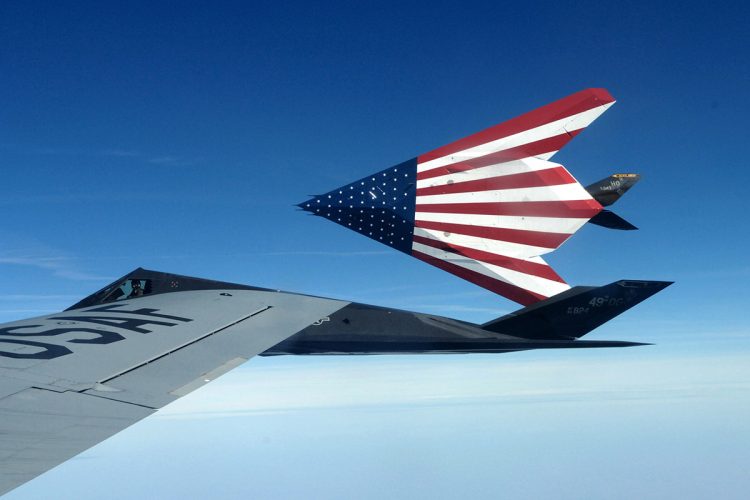
Lockheed Have Blue
If in the early years of the Cold War the goal was to stay out of the reach of possible ground and air threats in the early 1970s the issue that worried the United States was guided radars and missiles. The solution found was reduced or even eliminated the so-called radar signature and heat. Based on this principle, DARPA (Defense Advanced Research Projects Agency) started a program in 1974 that would give rise to the first stealth fighter aircraft.
After several tests, the companies Northrop and Lockheed were chosen to prove their concepts, which were supposed to reduce the cross-section radar. The result was scary: the models created to test the reflection of radar waves had the faceted fuselage, something totally contrary to aerodynamic concepts. To make them fly would require an advanced electronic control system capable of correcting the trajectory continuously, which would be humanly impossible. This system was given the name of FBW, or Fly-By-Wire.
Tests revealed that the Lockheed aircraft, once again created by “Kelly” Johnson, had a lower radar signature and the company was awarded a contract to build two prototypes, named Have Blue. Similar to the F-117A, which was based on it, the Have Blue, however, was smaller and with more flipped wings, in addition to V-end warp with sharper angles. The engine air intakes were above the wings and covered by screens that received radar absorbent material (as well as the fuselage). The exhaust gases were also dispersed by in-line exhaust fans to reduce the infrared signature.
The first flight occurred in December 1977 and the test program continued to succeed until in May 1978 the prototype HB1001 was lost in an accident. Months later the second prototype HB1002 took over the tests until the following year also crashed, ending its development. But Lockheed had already gathered the information it would use in the production version. Surprisingly, Have Blue remained anonymous even after the revelation of the existence of the F-117A.
Lockheed F-117A Night Hawk
The traditional sequence of US fighter numbers had an unfinished gap when Northrop was granted permission from the USAF in 1982 to baptize the F-5’s advanced version as the F-20 Tigershark. After all, why not call it F-19, the next available designation? The suspicion of a new secret fighter remained in public opinion and in the press during the 1980s. At that time, in fact, the Pentagon was developing the airplane that would take advantage of the learning obtained with the Have Blue prototypes of stealth aircraft.
The technology proved valid and Lockheed gained permission to design the aircraft, which instead of calling the F-19 was named as F-117A, a way of misleading onlookers. Authorized in 1978, the first prototype of the plane would fly in June 1981 with its “diamond” format and a capacity to absorb up to 99% of the radar waves.
Despite being classified as a fighter, Night Hawk was in fact an attack aircraft that entered service in 1983 and remained secret for the next five years, always flying at night (hence the nickname Night Hawk) and accompanied by other aircraft. While theories about the alleged F-19 gave rise to projections of spacecraft-like planes, the F-117A made the Groom Lake airbase (the famous Area 51) a place of mysterious sightings that increased the belief that there were flying saucers in the vicinity.
But in 1988 the mystery ended when the government issued a low-quality image of the F-117 at a somewhat confusing angle that generated disproportionate illustrations. It was the key for the stealth fighter to fly during the day and make its first public appearance in 1990 at Nellis Air Force Base, revealing the enigmatic forms of that very special plane. Shortly thereafter, Night Hawk flew into Iraq during the Gulf War, a career that lasted until 2007 and served as a learning tool for a new generation of stealth aircraft.
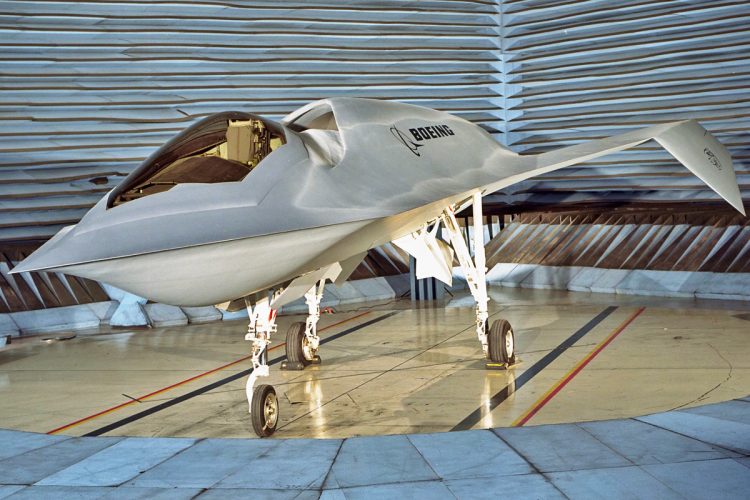
Northrop Tacit Blue
Defeated in the competition that would give rise to the F-117, Northrop did not give up. While Have Blue was preparing to fly, the US government was already looking for more stealth solutions, now for a reconnaissance aircraft, and in 1976 the company was given the green light to build a prototype that became known as Tacit Blue and nicknamed “whale” for its voluminous and atypical format.
Having first flown in February 1982 from Groom Lake Air Base, Tacit Blue reviewed everything that was known about stealth techniques. Instead of a faceted fuselage, it had softer shapes thanks to the advancement of supercomputers capable of projecting a surface that reflected radar waves more effectively. So its shape, reminiscent of a school bus with wings, stunned observers when it was revealed in 1996 after losing the classification “top secret.” Not without first serving as learning for what would become the most advanced and expensive stealth aircraft in history, the B-2.
Northrop Grumman B-2 Spirit
The success of the Have Blue tests motivated the US Department of Defense to expand the range of stealth aircraft. In the late 1970s, with the advance of Soviet military technology, it was clear that traditional bombers, flying at great altitudes, were easy targets in a conflict. That was what motivated the B-1, originally a supersonic bomber, to become the B-1B, a giant attack aircraft at low altitude and with speed below planned.
It soon became clear that stealth technology would be perfect in a bomber and the Carter administration authorized the ATB (Advanced Tactical Bomber) program. Shortly before being succeeded by President Ronald Reagan, Jimmy Carter revealed to the country that an invisible radar bomber was in development, a different positioning of the secret projects of the time, the size and cost of the project.
If it had lost to its rival Lockheed years before, the Northrop took advantage in the dispute by the bomber. Northrop has assembled the experience with Tacit Blue with flying wing designs in the past to develop such a sophisticated aircraft that the price of each unit reached $ 2 billion.
The unusual format was revealed only in November 1988 at a public ceremony in California. Even then, the audience could only see the plane ahead and at a safe distance. But it was enough to note that the B-2 did not have vertical stabilizers, not even the small fins of the YB-49, its “grandfather” created by Jack Northrop, founder of the company. Instead, the bomber used an air-brake mechanism at the wing tips to provide directional control. The air inlets, in a position above and recessed in the wings, have movable openings to increase the volume of air at more pronounced angles. If the F-117A had a black paint the B-2 brought a cover of anti-radar materials that gave the airplane a flying streak impression. And, just like the pioneer stealth fighter, he carried all the armaments into internal compartments.
The first flight of the most expensive plane in history occurred only in July 1989 and its high cost eventually delayed and reduced the program. The B-2 only came into operation in 1997 and only 21 units were produced. Now the Pentagon is developing a new wing-type bomber, the B-21 Raider, which will offer a similar capability to B-2, but at a much lower cost.
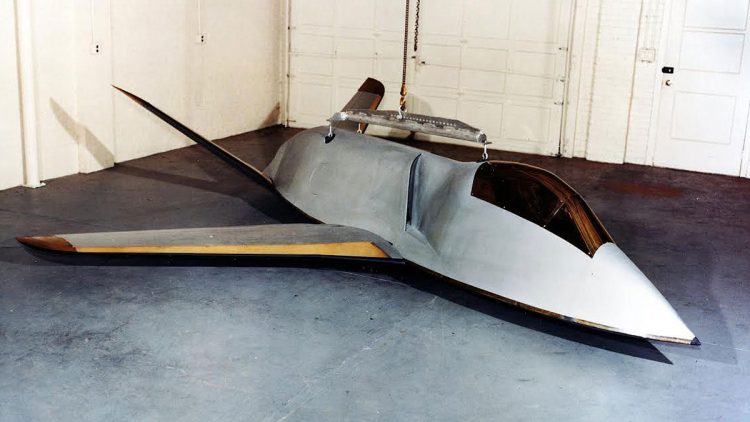
Boeing Bird of Prey and Quiet Bird
Although Boeing was part of the stealth aircraft project like the F-22 fighter, the company appeared to have no interest in the technology until two demonstration prototypes were unveiled years ago.
In 2002, the company could reveal the existence of the Bird of Prey, a manned prototype developed between 1992 and 1999 by the Phantom Works division of advanced designs. The name was a tribute to the TV series Star Trek and the Klingon ship of the same name. With modest dimensions (46 feet long by 23 feet in wingspan), the small demonstrator had air intake above the fuselage and small inverted “V” wings positioned behind.
According to Boeing, the Bird of Prey served as a testing platform for advanced construction methods with unique pieces in composite material, but there are theories regarding active camouflage techniques, for example. The only prototype built (and currently on display at the Ohio State Museum in Ohio) flew for the first time in 1996 and made 37 more flights before the program was shut down. The aircraft served as inspiration for the unmanned X-45A model.
Recently, Boeing unveiled an unknown project that revealed that stealth technology was already being researched in the 1960s. In October 2015, Boeing released images of the “Quiet Bird“, a single-headed V-tail plane with tiny wings which would have low radar signature. Although it anticipated some solutions that would be used in aircraft years later, the Quiet Bird never went from a scale model to what is known. After all, how many “black projects” still carry the “top secret” label?
See also: Russia gives green light for a stealth bomber project
